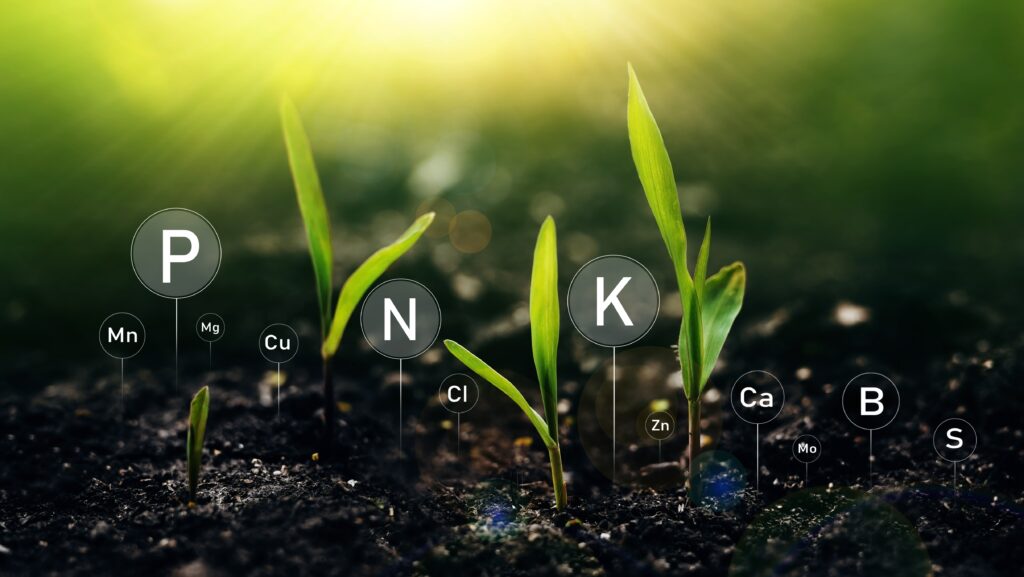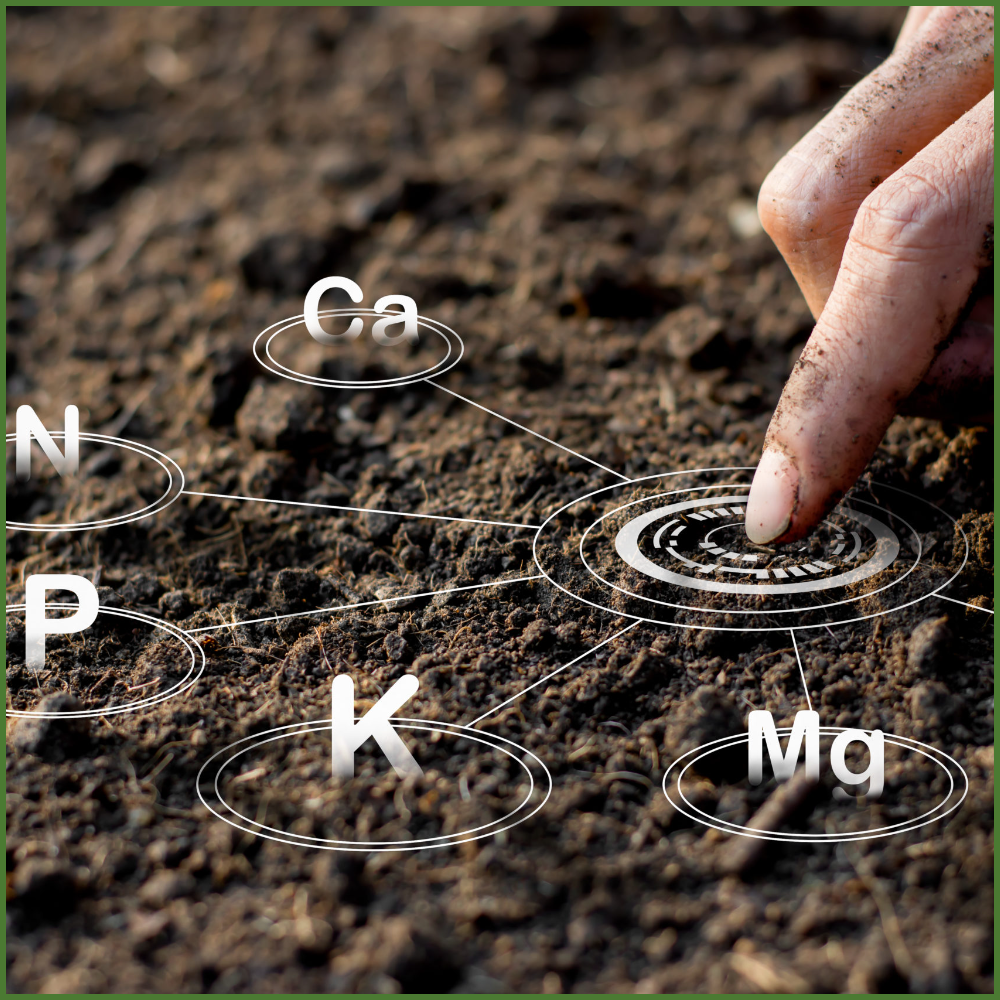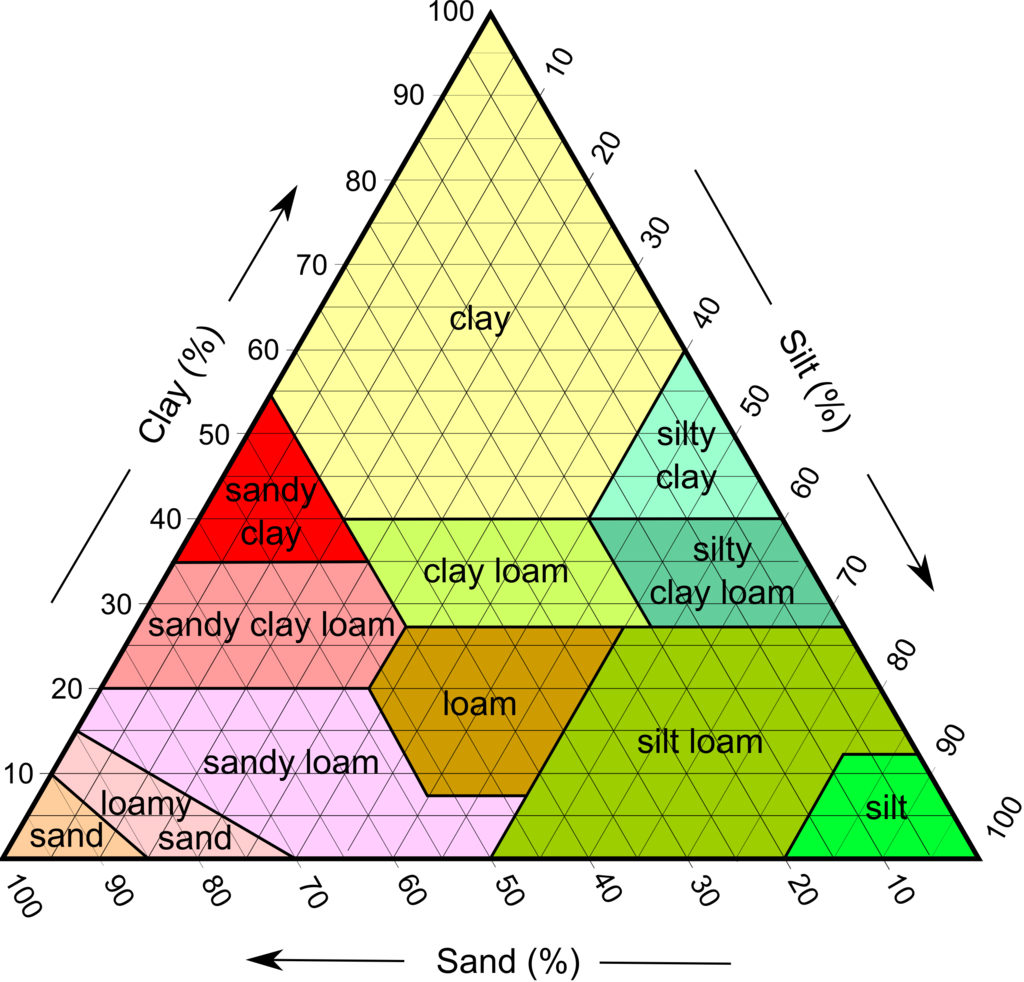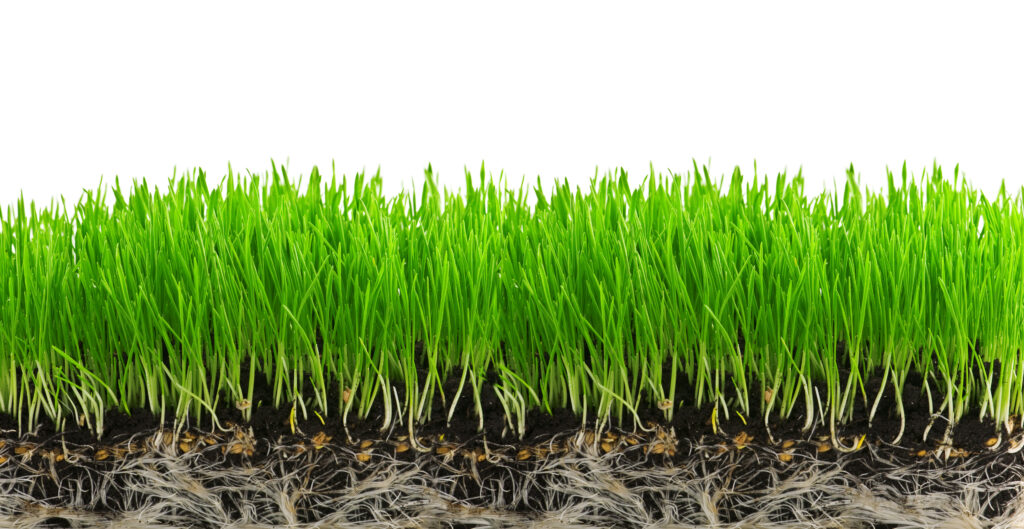As greenkeepers, we understand the importance of maintaining a healthy, vibrant and resilient green. In over 40 years of greenkeeping, however, I've noticed that a lot of what passes for greenkeeping has actually been very damaging to our soils, making it increasingly difficult to produce a good surface, reliably and economically.
A lot of greens are now difficult to maintain, exhibiting a host of common problems such as Localised Dry Patch, Moss Infestation, Excess Thatch, Disease, Thinning Grass Cover, Puddling, Bumps, Bad Runs and Dips




